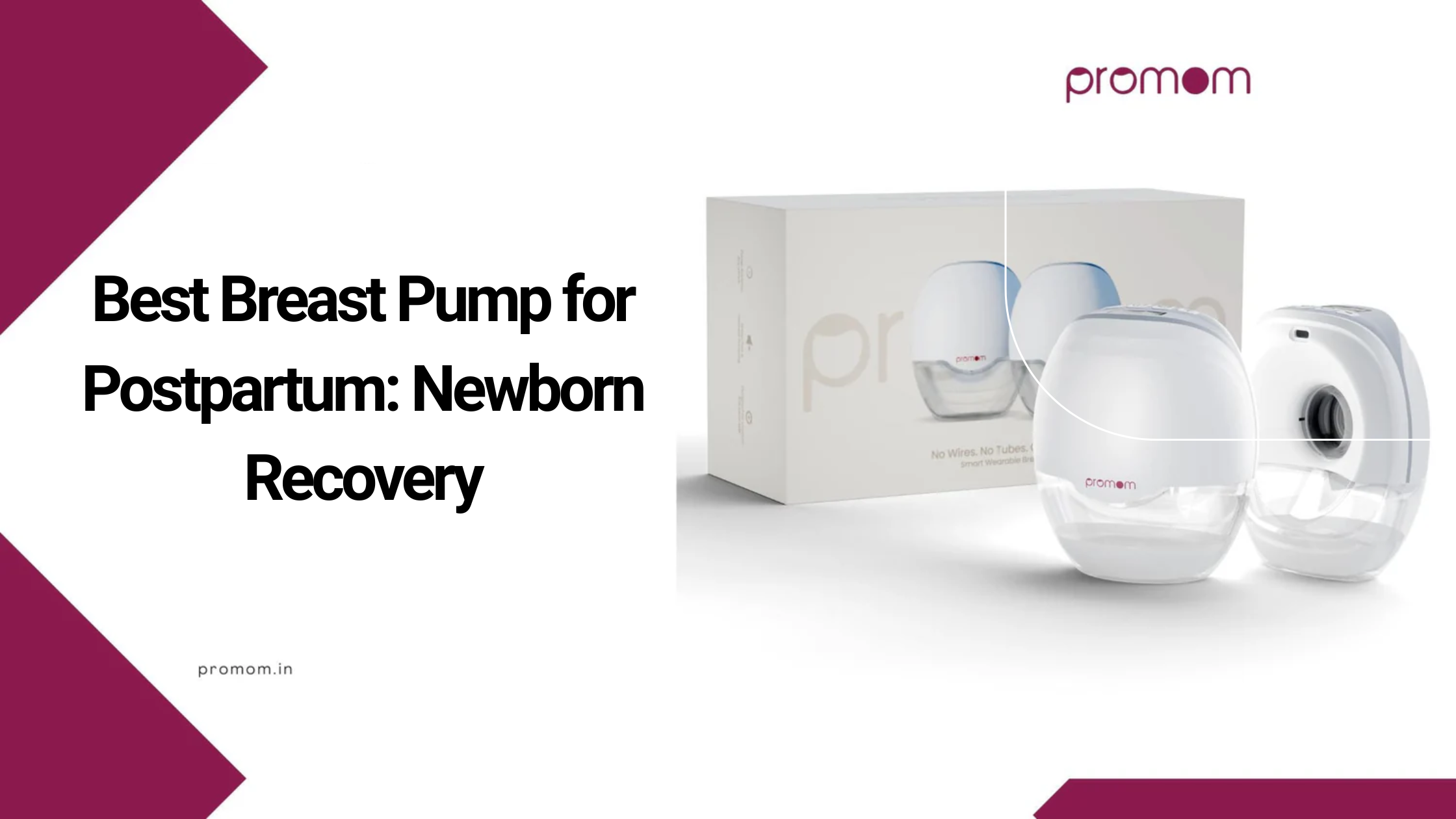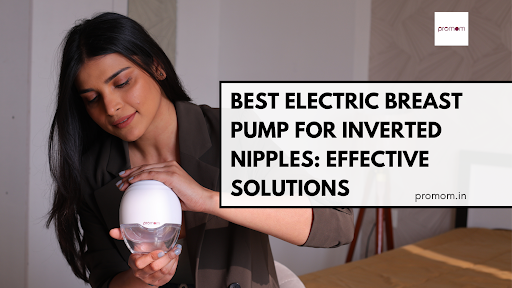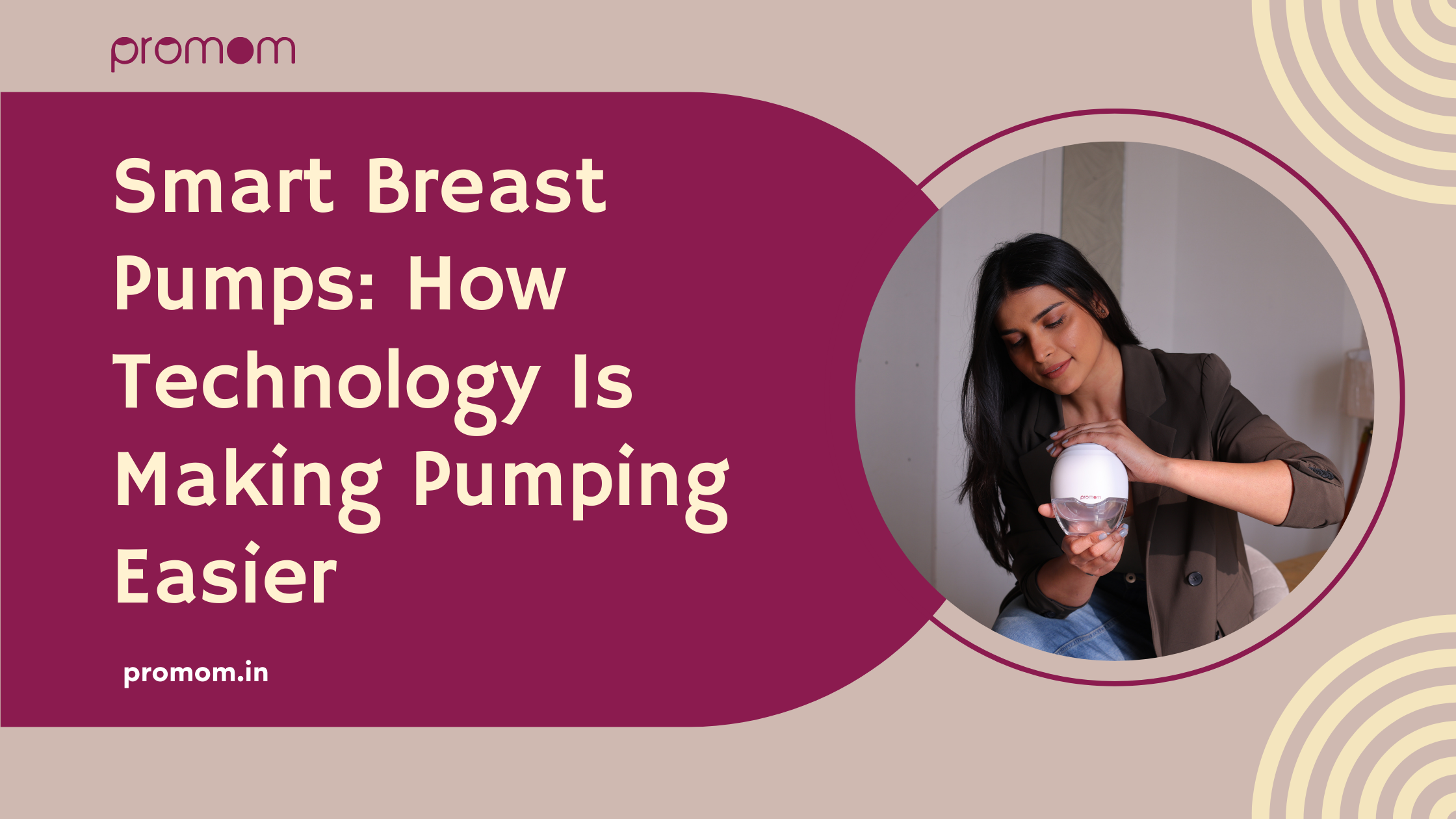
Common Mistakes Parents Make While Using Bottle Sterilizers
Bottle cleaning and sanitization practices for babies stand as an essential responsibility for parents since they directly affect their overall health. A bottle sterilizer stands as one of the main pieces of equipment parents use to clean their infant feeding bottles.
The use of bottle sterilizers simplifies bottle sterilization, but parents frequently make several mistaken techniques while operating them. Faults in sterilization procedures result in substandard disinfection while also raising bacterial risk and endangering the sterilizer unit.
The following article analyzes prevalent feeding bottle sterilizer missteps, providing guidance for optimal device usage.
1. Not Following the Manufacturer's Instructions
The practice of ignoring instructions provided by manufacturers creates the biggest mistake parents make when using feeding bottle sterilizers. A proper understanding of correct usage requires review of direction-specific guidelines from the different sterilizer manufacturers.
The incorrect handling of manufacturer instructions results in inadequate sterilization because certain machines require particular water levels and specific temperature configurations as well as time requirements for bottle insertion.
Make it a habit to always refer to the user manual that accompanies your sterilizer. The manual contains all the important information for performing safe sterilization procedures.
2. Overcrowding the Sterilizer
You should avoid packing the sterilizer with numerous bottles at once because it leads to substandard sterilization. Placing too many bottles inside the unit can prevent them from reaching both proper steam temperatures and sufficient heat during sterilization.
Some bottles will remain unsanitized when you try to use too many items in the sterilizer, which risks the health of your baby.
When placing bottles and accessories into the sterilizer, create enough empty space between each item. Setting proper bottle space in the sterilizer allows steam to penetrate every bottle surface during cleaning.
3. Cleaning bottles through the sterilizer unit
The process of bottle sterilization starts with contaminated containers, which some parents place into the sterilization unit without doing adequate cleaning beforehand. The sterilization process destroys dangerous bacteria and germs but does not have the ability to remove milk buildup or food fragments from objects.
The bottles require a complete washing before sterilization because inadequate cleaning exposes your baby to bacteria, mold, and food residue.
Before putting bottles inside the sterilizer, you must wipe them clean with soapy water at body temperature. A bottle must be free from contaminants before it can be adequately sterilized.
4. Not Replacing Water Regularly
The majority of feeding bottle sterilizers depend on steam as their main sanitization method. The water inside sterilizers eventually accumulates mineral sediments and bacterial growth. Multiple issues result from infrequent water changes in sterilizers because the process becomes less effective while damaging the sterilizer equipment.
Periodically replacing sterilizer water maintains both contaminant-free operations and optimal performance. Maintaining this easy routine produces substantial outcomes for the device.
5. Leaving Bottles in the Sterilizer Too Long
Time spent with bottles inside the sterilizer after completion of the sterilization cycle leads to another mistake. Putting bottles inside the sterilizer for elongated periods leads to mold and bacteria growth due to improper sterilizer drying and ventilation.
Follow this tip by extracting bottles from the sterilizer as soon as the cycle termination occurs. The bottles should dry naturally before you store them in a clean, dry environment.
6. Not Cleaning the Sterilizer Itself
The sanitization process that bottles undergo in the sterilizer leads to the buildup of accumulated dust together with mineral deposits as well as bacteria. Regular cleaning of the sterilizer is essential for its proper functioning because lack of maintenance can lead to subpar sterilization outcomes.
Regular cleaning of your feeding bottle sterilizer with attention to remove debris and buildup will keep it operational. The cleaning process requires following the manufacturer-provided instructions, which detail internal wiping or cleaning through specific liquid cycles.
7. Using the Wrong Type of Bottles or Accessories
The design of certain sterilization devices applies only to particular bottle types along with nipples and accompanying accessories. The sterilization process can change, and your sterilizer or bottles may get damaged when you use the incorrect bottle types. Certain plastic bottles experience heat-related warping, while small accessories might fit improperly within the sterilizer.
Bottles and nipples requiring sterilization need you to check their compatibility with your sterilizer system. It is best to consult the sterilizer manual to determine which types of items it can properly sterilize.
8. Relying Solely on the Sterilizer
A proper bottle cleaning process includes sterilization as only one essential step. Some parents use sterilizers exclusively for their bottles and skip the necessary step of proper bottle cleaning beforehand. Improper washing allows milk residue and bacteria to exist, which reduces the effectiveness of sterilization.
The promotion sterilizer should not replace your bottle washing duties since you must still perform a thorough cleaning process. Both washing and sterilization steps create the most hygienic solution for your baby's bottles.
Conclusion
When your goal is bottle safety for your baby, then using a feeding bottle sterilizer represents a top-level method to achieve this goal. Following manufacturer instructions along with preventing bottle jams and maintaining your appliance regularly will lead to successful sterilization results.
Your sterilizer's effectiveness depends on careful avoidance of common mistakes, which ensures your baby's bottles remain bacteria-free and protected. Using your Promom sterilizer with proper guidelines will result in the safest and most sanitized feeding bottles for your little one.


